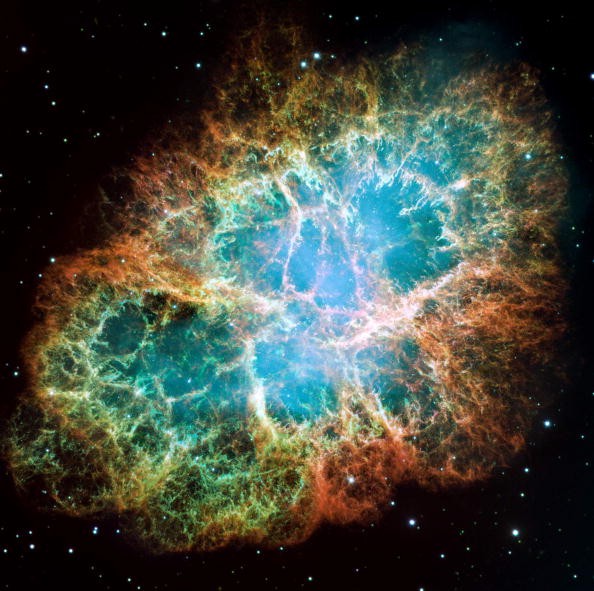Two supernovas have burst through a star's surface recently. The event was witnessed by the Kepler Observatory for the first time.
Recently, a rare event was witnessed by the astronomers of the Kepler Observatory for the first time, Ars Technica reported. It was two supernovas that burst through the surface of its host star and it was seen from the observatory with visible light. They announced that the analysis of the Kepler data has captured the moment.
Most people have thought that a supernova is an explosion that will destroy a star. A type II supernova is different because it is the collapse and explosion of the core of the star.
Many scientists believe that shock breakouts will allow the stars to finally explode, resulting in spewing out all of the heavy atoms that currently exist in the universe, according to The Guardian. Shock breakouts are shockwaves and a flash of light that shakes a large star just before it will explode into a supernova.
The international team of astronomers has now seen the rare shock breakout occur before them. There is one problem: only one shock breakout was observed in the two supernova events.
In the data collected by the observatory, the team discovered the first occurrence when the supernova began. However, the shockwave was only observed in only one star. Brad Tucker, an author from the Australian National University, said that it was a mystery. It was thought that the shockwave would ripple across the surface and that would make the supernova explode.
Tucker discussed that when the gravity collapses the core down and once it has too much pressure, it will create a neutron star or sometimes a black hole. Afterwards, the energy will rebound and that causes the supernova, he added.
It was always thought that this is what happens when a supernova occurs, according to Tucker. He revealed that it was once seen by chance with X-ray telescopes in the past but it was not seen in great detail.
Meanwhile, Tucker is pushing for Kepler's second mission, which will be called K2. It aims to watch 5,000 galaxies to increase the odds of observing more supernova events.
Watch the early flash of an exploding star video below:



























